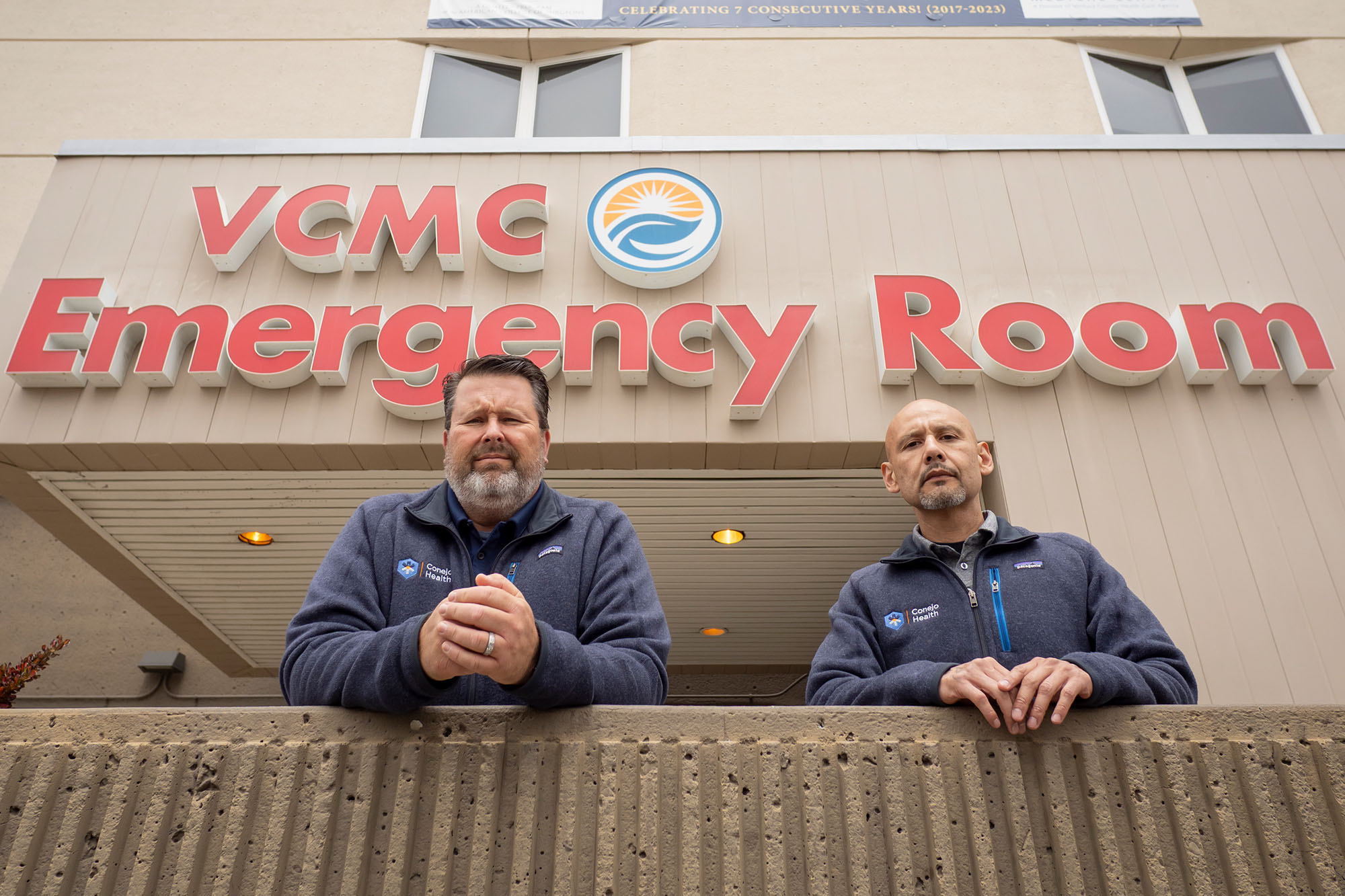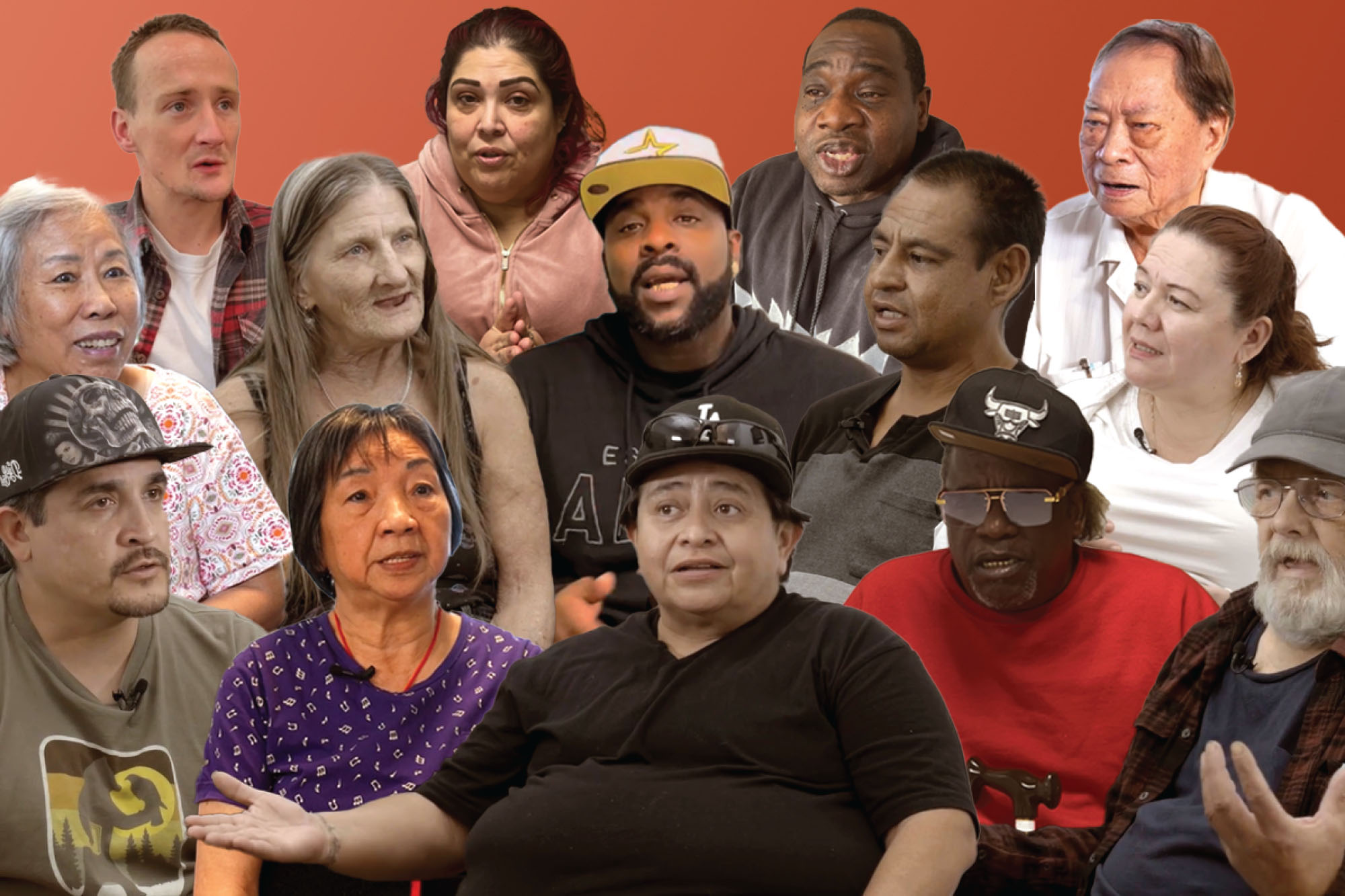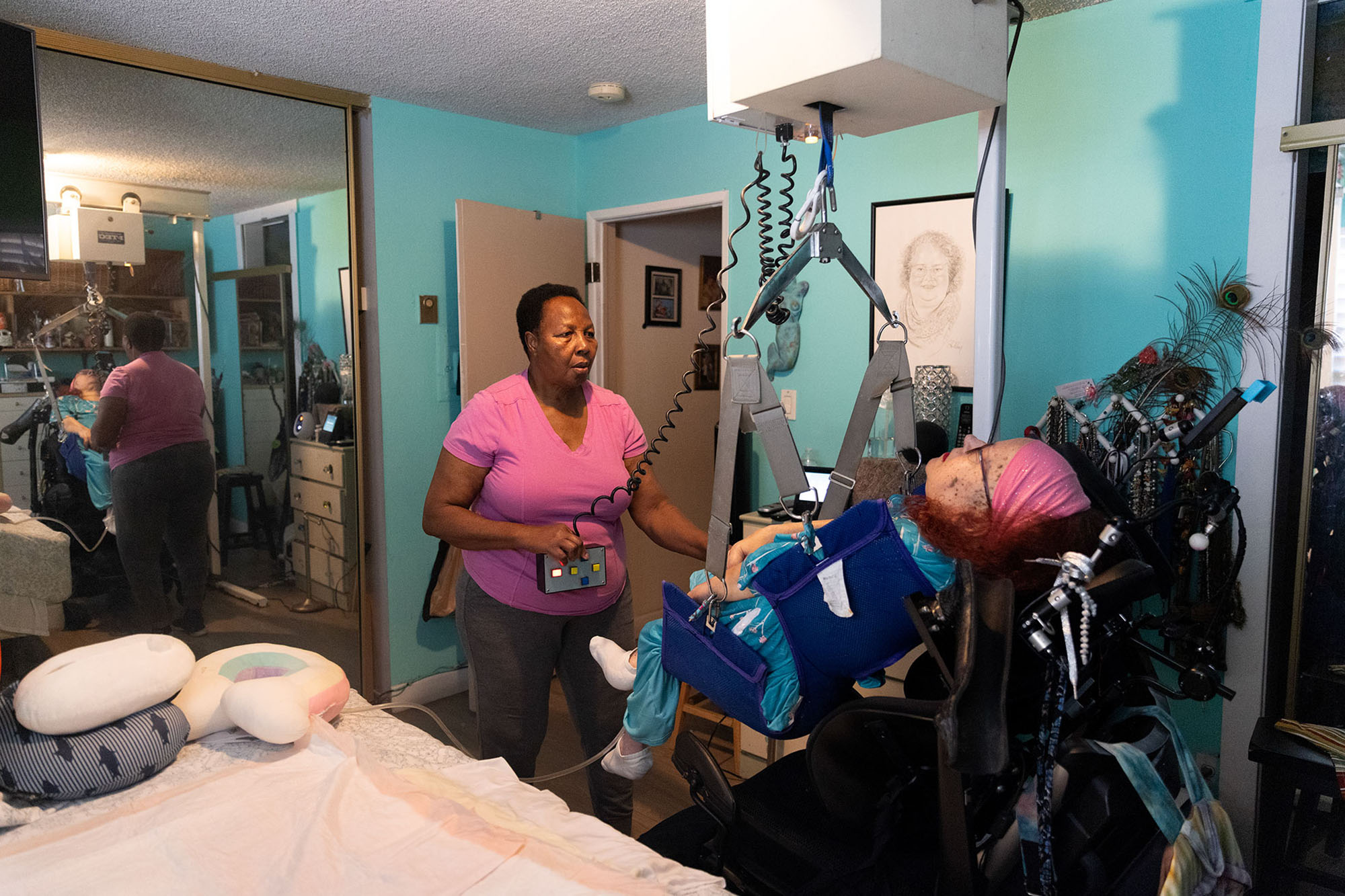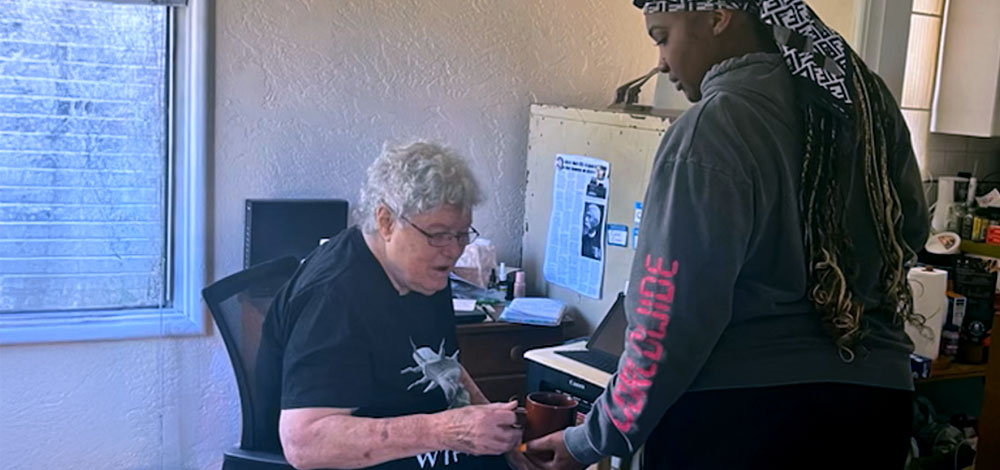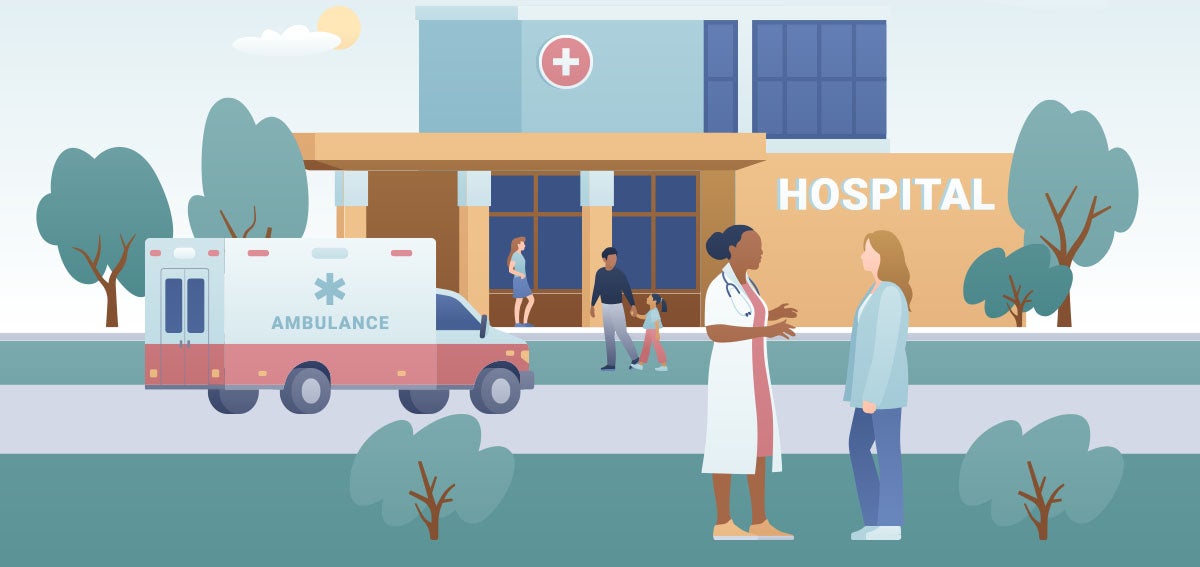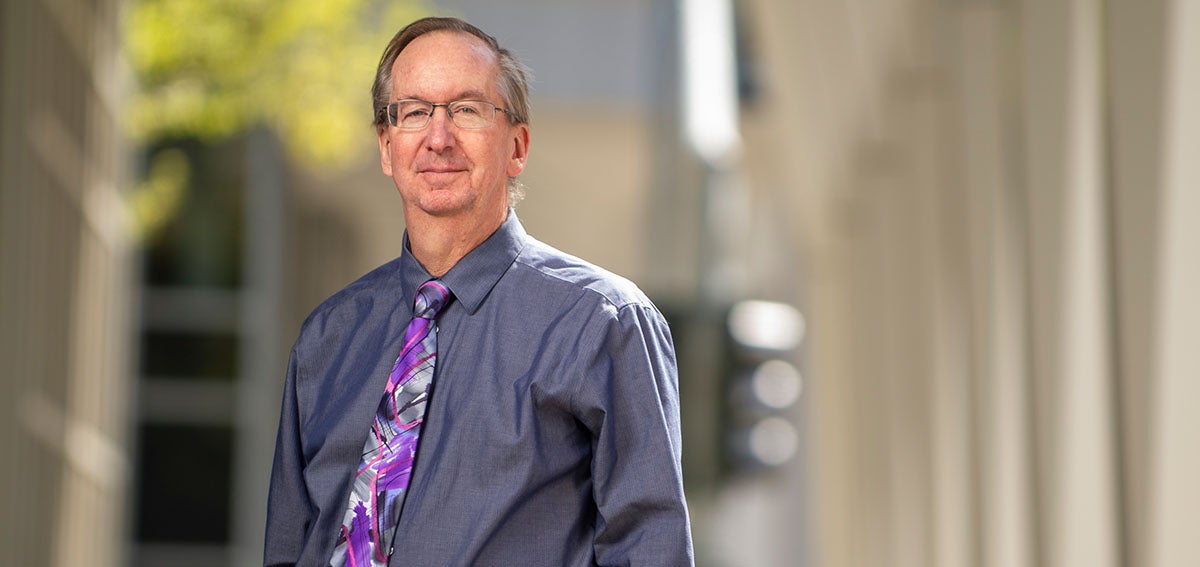
In February, before the coronavirus claimed the lives of more than 800 Californians, infected more than 24,000 others, and jolted the state health care system, Governor Gavin Newsom appointed Bradley Gilbert, MD, MPP, to lead the California Department of Health Care Services (DHCS). DHCS provides medical and behavioral care to more than 13 million people in Medi-Cal, the nation’s largest state Medicaid program.
It’s a huge job, and Gilbert brings a career’s worth of experience to it. He knows the health care delivery system at all levels. He cared for Medi-Cal patients in a variety of clinical settings before working as public health director in Riverside and San Mateo counties. In Riverside, he helped set up the primary care system before joining the region’s largest safety net provider, Inland Empire Health Plan (IEHP). Gilbert spent 23 years there as a medical director, chief medical officer, and eventually CEO. He decided to take the DHCS job so he could foster big changes in the way Medi-Cal delivers patient care.
I know him from his service on the California Health Care Foundation board of directors. For this interview, we met by video on April 3, 2020. The conversation has been lightly edited for length and clarity.
Q: After decades of service to Californians in the safety net, why did you take this job, and how did you envision your role?
A: Originally, DHCS was focused on implementing CalAIM, [a multi-year initiative to improve the quality of life and health outcomes of the Medi-Cal population through broad delivery system, program and payment reform]. That was a big part of my motivation in taking the job. I felt like my set of skills and experience would help move those reforms forward. The opportunity to think about health care differently, manage care differently, was pretty exciting.
Q: Along came COVID-19, which has upended life for everyone in California. Has the pandemic changed your goals at DHCS?
A: Of course DHCS now must respond to COVID-19, but that’s been an incredibly rewarding part of the job. A lot of us are thinking about whether some of the things we’re trying during this pandemic will become permanent features of health care delivery in the future. For example, will we continue using telehealth and telecommunication at this level? Can we continue focusing on individuals who are homeless and making sure they get the care they need? The middle of an emergency is not always the best time to think about changes, but we’re reflecting on the ideas and changes that have come forward and whether it makes sense to continue them as some of the new ways we deliver care.
Q: What role do DHCS and Medi-Cal play in the state’s COVID-19 response?
A: Right now, the major issue is that people – especially high-risk individuals – need to be taken care of while staying at home. Our team is thinking through questions like, “How do we create flexibilities in the health care system that allow providers to deliver care in a very different setting?” and “How do we think about alternative sites of care like hotels or mobile hospitals?”
We’ve submitted two 1135 Waivers to the federal government and are in the process of putting together an 1115 Demonstration. We’re working with the federal government to make it possible for health care providers to continue delivering care in a way that is sensible in this pandemic. What care really needs to be face-to-face, what doesn’t, and how do we think about that? How do we think about alternative sites of care?
This has helped us to think about ways to do things differently. If we get the waivers that say care can be delivered in alternative sites and is reimbursable through typical Medi-Cal claiming to the federal government, then you’ve put the whole package together. You’ve got a place for people to go, you’ve got a place where they can be safer in terms of transmission of COVID-19, you can deliver care, and you can get paid for that care.
Q: How is DHCS responding to the surging demand for Medi-Cal benefits as the economy slows?
A: It is unprecedented that almost in an instant millions of people lost their jobs. We’re working through what that means for Medi-Cal enrollment and eligibility. We’ve put together a 90-day grace period where everyone maintains eligibility. With the newly unemployed, there are suddenly going to be a lot more people on Medi-Cal. How do we think about that financially, logistically, and network-wise in a time of COVID-19, when care is restricted? Thinking through those changes will be really important.
We also coordinated with Covered California on their opening up a special open enrollment period. As people go through the process, they will learn whether they are eligible for Medi-Cal. COVID-19 has already restricted the health care system in many ways, and we’re going to see a pretty significant increase in individuals enrolling for coverage through Covered California or Medi-Cal.
“After we get through this acute phase of the pandemic, we need to think hard about how to make sure we’re paying attention not only to physical health, but to behavioral health as well.”
— Dr. Bradley Gilbert
Another challenge not to be overlooked is that most of the people from county eligibility offices are working from home, so the in-person enrollment capabilities are diminished. We are working hard on the online capabilities, but the system is challenged in general because we’re going to see this significant increase in individuals trying to become eligible and eventually getting Medi-Cal coverage. It’s a difficult scenario, but everybody’s working hard to ensure that the end result will be that people get the coverage they need.
Q: From your vantage point in Sacramento, what are your early impressions of California’s response to COVID-19?
A: I have been incredibly impressed with the level of work all throughout the state. My main exposure is of course DHCS and its sister departments, but I know the same is happening out there in hospitals, clinics, physician offices. DHCS has a lot of really smart people who know a lot. I am familiar with all facets of the health care delivery system, and I think that’s where I can be helpful. I hope I can provide a viewpoint and experience that helps them think through proposals that would affect direct care delivery and Medi-Cal managed care, which cares for the vast majority of people in the Medi-Cal program.
Governor Newsom has been a great leader, driving changes and support for all sectors, not just health care. It’s really nice to see people coming together, solving problems, doing what needs to be done. I’ve just been really impressed with the quality, the capacity and the really hard work that’s done at the state level by Dr. Mark Ghaly, the governor, Dr. Sonia Angell, I mean, it’s a long list. We work really well together. We talk to each other, we try to make things work, and that’s been really positive.
Q: You’ve long been a passionate proponent of integrating physical and behavioral health care. How do you think about that in the context of COVID-19?
A: Integration is hard to think about right now, because we’re just trying to make sure we can keep up with people’s need for care. But it is also true that people are really stressed and anxious. Some of them — especially seniors — are living alone in social isolation. Others have lost jobs or are juggling full-time work with full-time parenting as they remain at home with their spouses, partners, and children – all while people are worried about COVID-19. There are stressors on top of stressors on top of stressors.
We have to make sure that people have access to the behavioral health or substance use treatment that they may need, because when times get stressful, alcohol purchases go way up. I’m certainly concerned about substance use, anxiety, depression, and the exacerbation of underlying behavioral health issues that will confront Californians. After we get through this acute phase of the pandemic, we need to think hard about how to make sure we’re paying attention not only to physical health, but to behavioral health as well.
“It would be nice if we’re able to identify [retired] nurses, doctors, psychologists, psychiatrists, licensed clinical social workers, and licensed marriage and family therapists who could come back into the health care system.”
— Dr. Bradley Gilbert
In some ways, payment reform could have mitigated some of the difficulties for providers that have been caused by lower utilization. If capitation and other kinds of payment models were more prevalent in a world that is necessarily fee-for-service driven, providers would actually be less burdened. Regular medical care is down a lot because elective surgeries are being canceled and routine preventive care is not as available. Providers that are fee-for-service driven are quite negatively affected. In that context, it’s important to keep thinking about payment reform and other ways that entities and providers can be less affected by ups and downs in the world of care.
Q: IEHP is well known for going above and beyond the call of duty to support the development of the future health care workforce. What lessons from your time at IEHP can be applied to Medi-Cal?
A: That’s a hard one, because right now we’re focused on the potential surge of COVID-19 cases and shoring up the health care workforce to handle it. The governor just put together the California Health Corps, and they’ve already had 70,000 sign-ups. [As of April 13, more than 86,000 had volunteered for the corps.] That is just unbelievable – such a nice, incredible response from people. It’s like the Battle of Dunkirk. So now the Newsom administration is focused on the logistics of getting them where they need to go.
But then you wonder if there is a way to retain some of those individuals. It would be nice if we’re able to identify nurses, doctors, psychologists, psychiatrists, licensed clinical social workers, and licensed marriage and family therapists who could come back into the health care system.
At IEHP, to attract physicians to Riverside and San Bernardino counties’ health care workforce, IEHP paid subsidies to participating physicians. We were successful in some ways, but without more health care workers it’s a zero-sum game. If we’re recruiting a physician to, say, work in the Inland Empire, then that physician wasn’t working somewhere else he or she was needed. So, we really need an increased supply, and you wonder if this pandemic will motivate people to go into health care as they see that it can really make a difference, especially in such a difficult time.
Q: Urban California has gotten much of the COVID-19 focus because that’s where we’ve seen the biggest uptick in cases. What about rural California?
A: DHCS was part of a project to identify where additional resources should go in rural areas, so we ran some numbers and found that there’s significant variability around beds per thousand population. There has been a lot of planning around the urban areas to make sure we have surge capacity there, but as COVID-19 moves through the population, the rural communities have a different challenge. While they may not get the same volume of infections, they have limited ICU beds. Because of this, we provided data to the governor’s Office of Emergency Services and the special operations center suggesting different parts of the state to pay attention to.
Q: Thank you, and I’ve got just one more thing. I know from your six years on CHCF’s board that you have an abiding affection for the color purple. This is very apparent from your choices of ties and shirts. How did that come about?
A: Purple has been my favorite color for a long time. I think of it as a positive color, so it’s kind of become a trademark. When I was at IEHP we had purple Tuesdays. Here at DHCS we have purple Thursdays, but now 86% of our staff is working from home. When the pandemic is brought under control, it will be great to see all that purple again.
Authors & Contributors


José Luis Villegas
José Luis Villegas is a freelance photojournalist based in Sacramento, California, where he does editorial and commercial work. He has coauthored three books on Latino/x baseball. His work appears in the Ken Burns documentary The 10th Inning and in the ¡Pleibol! exhibition that debuted at the Smithsonian Institution’s National Museum of American History and has been appearing at museums around the country.
Villegas’s work has been exhibited at the Museum of Fine Arts-Houston; the Baseball Hall of Fame in Cooperstown, New York; and at the Oakland Museum of California. Villegas also works as a medical photographer at Shriners Hospital in Sacramento.

